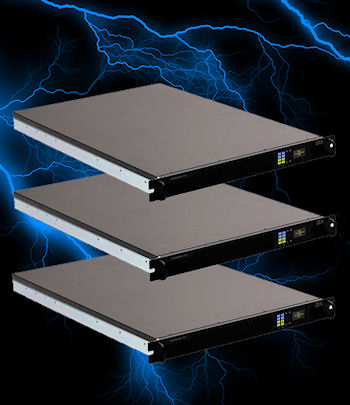All-Flash Storage Appliances Launched As IBM Pledges $1bn For Research

IBM drives deeper into the all-flash game with a big research fund and new appliances
IBM is betting big on flash storage for the data centre, announcing a $1 billion initiative to research the technology, and releasing a line up of all-Flash storage appliances.
The company said flash could unlock plenty of Big Data potential, due to its ability to speed up read and write processes, compared with standard disk drive technologies still widely used by businesses today.
Flash competition
The massive R&D investment will be used to “create and integrate new flash solutions”, while 12 Centres of Competency have been set up to run proof-of-concept Flash operations. They will be up and running later this year, with one in the UK.
“The economics and performance of flash are at a point where the technology can have a revolutionary impact on enterprises, especially for transaction-intensive applications,” said Ambuj Goyal, general manager for systems storage for IBM Systems & Technology Group.
IBM has launched its line-up of FlashSystem all-flash storage boxes too, which are based on technology acquired from Texas Memory Systems. It claimed early customers had seen “up to 90 percent reductions in transaction times for applications like banking, trading and telecommunications”.
The appliances will take IBM into closer competition with EMC, the storage giant that has produced its own all-flash storage appliances, thanks to its XtremIO acquisition of 2012.
Future of flash
IBM is investing heavily in flash, even though it is expected to be overtaken by another technology in the next 5-10 years, known as phase-change memory. IBM scientists are already hard at work developing systems built on PCM, however.
PCM uses phase-change materials, known as chalcogenides, which can switch from amorphous to crystalline states very easily. Those in an amorphous state can be read as a “0”, while crystalline states are read as “1”. Its individual cells are often called memristors.
The process is faster than flash. That’s because unlike flash, where electrons are stored in “floating gates”, it doesn’t have to rewrite a whole group of nearby cells when writing is taking place.
This first appeared as two stories on TechWeekEurope UK. Read the whole story here.